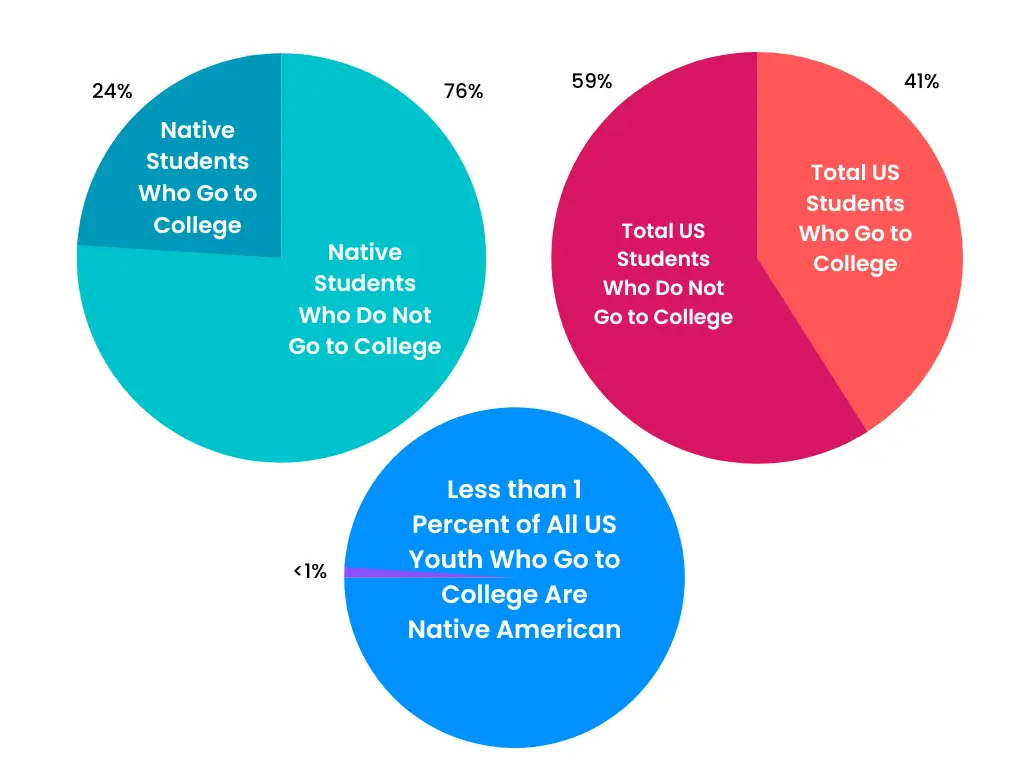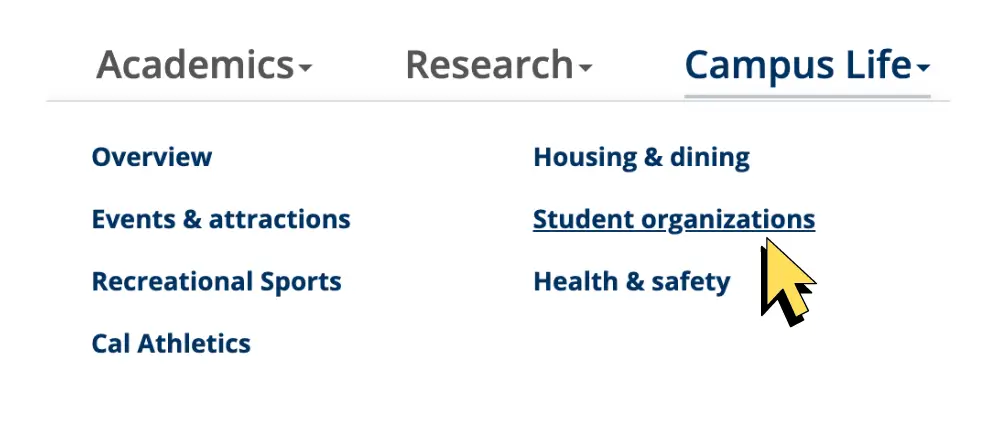College Tips for Native American Students

This is a guide of tips for Native American and Indigenous students for applying to and thriving in college.
Native American students are the least likely of all student groups in the United State to apply to college or to even graduate college. That may seem like a daunting statement, but it’s supported by statistical research done by institutions such as the US Census Bureau, the Department of Education, and the National Center for Education Statistics.
According to the Postsecondary National Policy Institute, less than one percent of all college students in the US are Native American or Alaskan Native. According to their research, just 24 percent of 18- to 24-year-old Native Americans enroll in college, compared to a 41 percent enrollment percentage for the US overall population of the same age group. And less than half of Native American students who do enroll in college actually go on to graduate.

There are many reasons why this occurs, including lack of access to college resources in high school, lack of support, and lack of funding.
The college application process can be scary, especially for Native students who feel overwhelmed by the daunting task of searching for Native-specific resources, and I was once one of those students.
As someone who went through the process, felt extremely overwhelmed, and eventually learned how to navigate it all as I experienced it, here are a few tips and tricks I would suggest for navigating the college application process and on-campus experience as a Native American student.
Finding the Right College
When planning out your college list there are a few things to consider which can include your grades, GPA, financial situation, and campus-specific opportunities like sports and study paths.
I’ve noticed that for many Native students, this can also include joining a community where we feel properly represented and included in the campus community. So, if being part of a Native-inclusive school is particularly important to you, I would suggest the following steps:
- Write a list of your top colleges to apply to.
- If you know what you want to study in college, research those colleges to make sure they have your intended major/study path.
- Then, research how that school supports its Indigenous community. Do they have any Native and Indigenous student groups, does the campus offer special resources, and finally, are there financial resources for Indigenous students.
Following these three steps should give you a general idea of which schools could be best for you and can help you find schools that will have your intended major as well as community opportunities – so you don’t have to sacrifice one for the other.
Planning for Tuition – Financial Aid, Waivers, and Scholarships
For many students, tuition prices are a big barrier for attending college. Again, consulting the Postsecondary National Policy Institute, we find that 90 percent of Native students who apply to college require financial assistance to afford tuition.
As a result, many academic institutions offer assistance to their Native and Indigenous students in some way. Often, it is through scholarships and grants. Some colleges even offer tuition waivers for Native students or accept tuition waiver credits offered through the state.
Finding aid can be a bit confusing, as it requires extra research. Depending on what school you go to, finding access to aid as a Native student will vary. Here are a few steps I would recommend following when searching for Native-specific tuition assistance.
1. Visit your school’s (or potential school’s) financial aid page and search for a tuition exceptions page, often this will be titled “Tuition Waivers” or something similar. This page will have information on waivers for different situations, such as tuition for students of employees, older students, and in some instances, for Native students. You can also find this page through a google search.

2. Sometimes, you can find waivers, scholarships, and other types of aid through your tribe’s website or through your state's Office of Indian Affairs.
3. Consult the Bureau of Indian Affairs for additional resources such as scholarship and grants available to Native students on a broader scale.
4. And finally, be sure to fill out the FAFSA, as most Native American tuition waivers and scholarships will require you to do so as a prerequisite.
On-Campus Resources
The journey doesn’t end once you’ve been accepted and found funding! An important part of your college experience will be connecting with other students. And often there is even a community of Indigenous students right on campus.
Check in with your school’s student services center or look for a student/campus life page on the school website. The first step is to ask if there is a student association/organization for Native and Indigenous students – if so, be sure to jot down meeting times, location, and contact information. Then, your next step is to attend an event/meeting early in the school year so you can find that sense of community early-on. My biggest tip: DON’T DELAY ATTENDING YOUR FIRST MEETING.

Next, take a visit to the admissions office (or reach out through email) and ask if there is a Native American student services representative. This is a person who may handle any Native-related admissions and tuition situations (often the same person who processes the Native American tuition waivers). If your school has such a person, introduce yourself and make sure to note their name, office location, and contact information.
At my school, there was one person who worked in the admissions office who held this position and she really looked out for the Indigenous students. She even called me during winter break because she saw that I could use the Native American Tuition Credit program for my winter classes but hadn’t turned in an application - because I didn’t know it was an option until she told me!
If having Native and Indigenous specific support is high on your list in a potential college, I highly recommend researching the availability of support services, tuition and scholarship opportunities, and on-campus resources for Native students while doing college research. If a school makes it easy for you to find information about Native resources from their website, that campus is likely to be a supportive one. If it is harder to find that support and information on their website, the same will be true of your on-campus experience.
Additional Resources for Native American students applying to college:
✏️ American Indian College Fund
Explore More on College Confidential:
- Check out this list of tuition free colleges to discover additional ways colleges are making college accessible.
- And, Don't forget to join the CC Community for discussion and support while going through the college application process!
